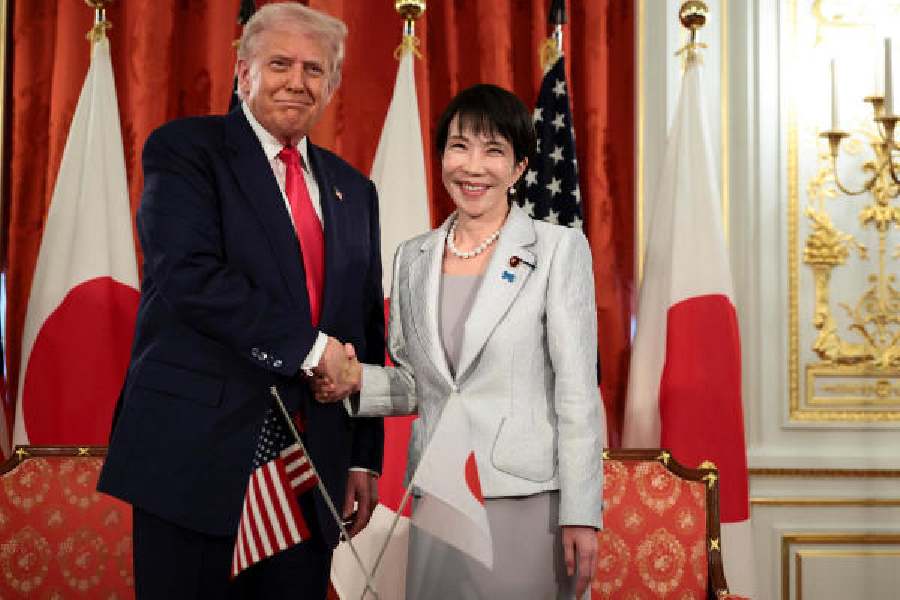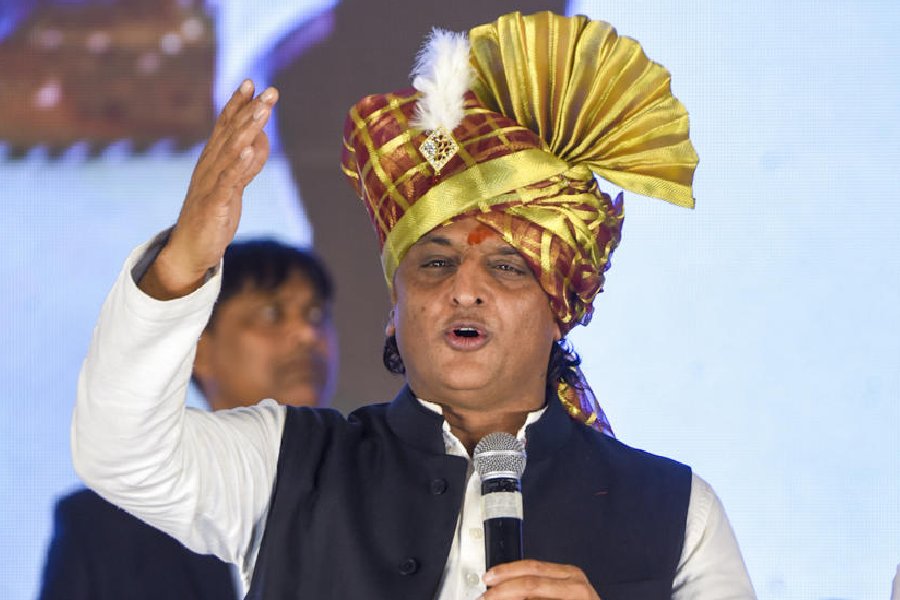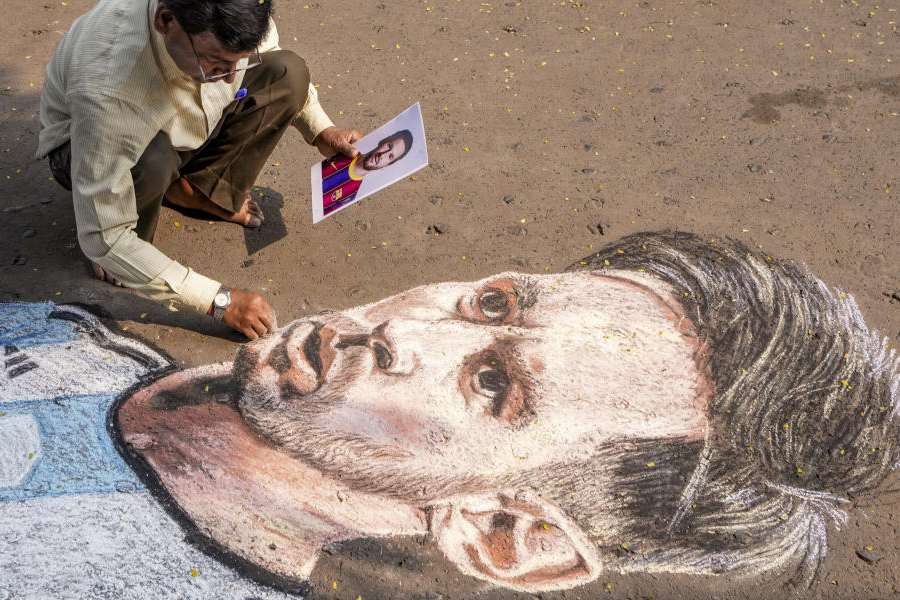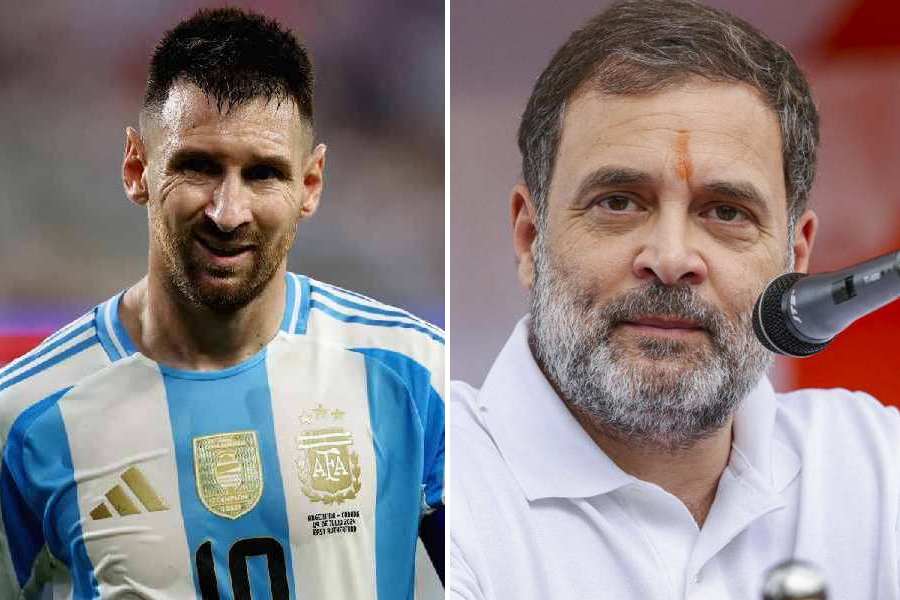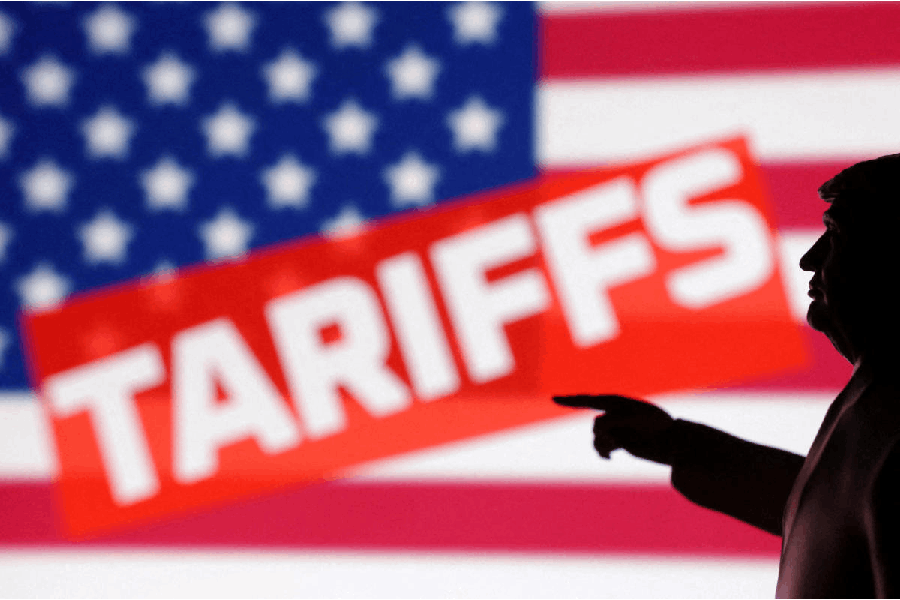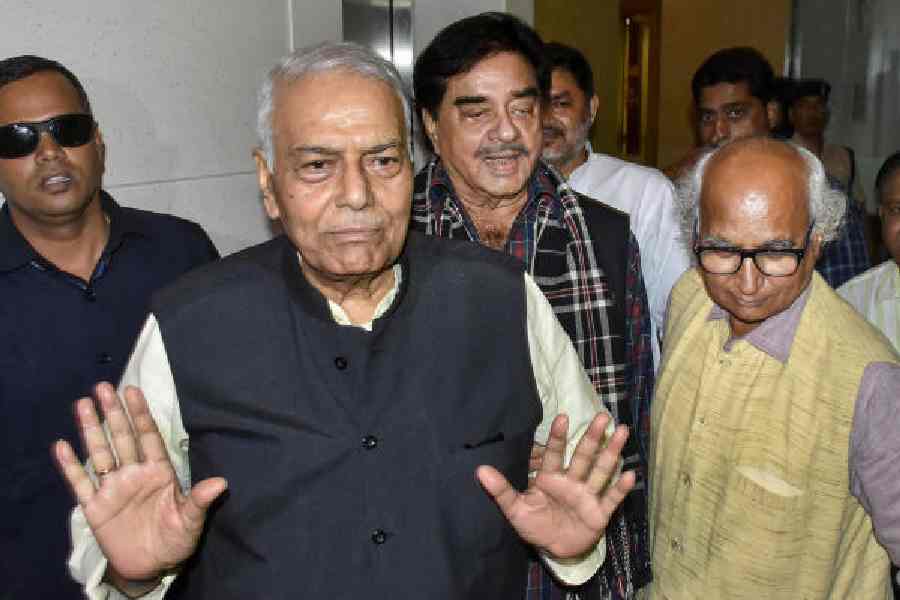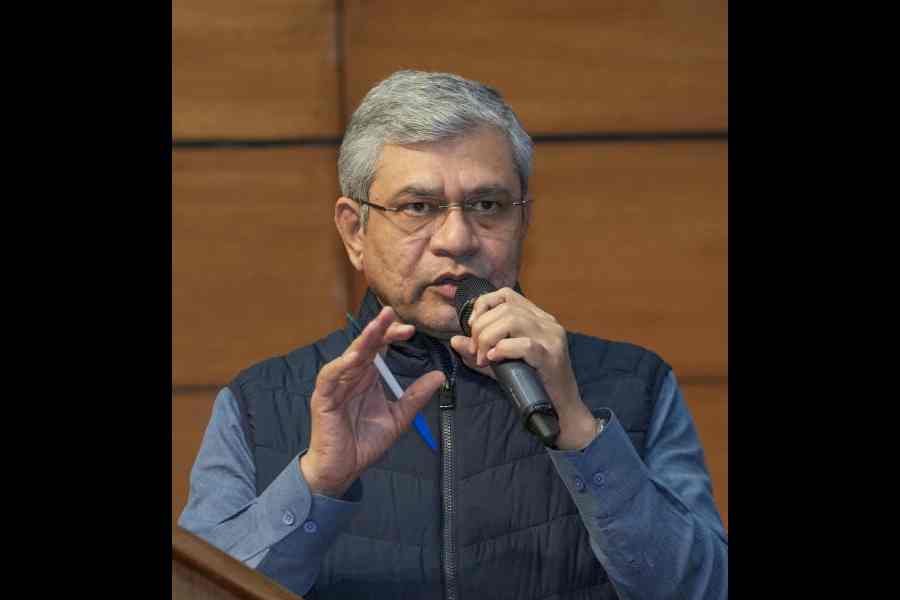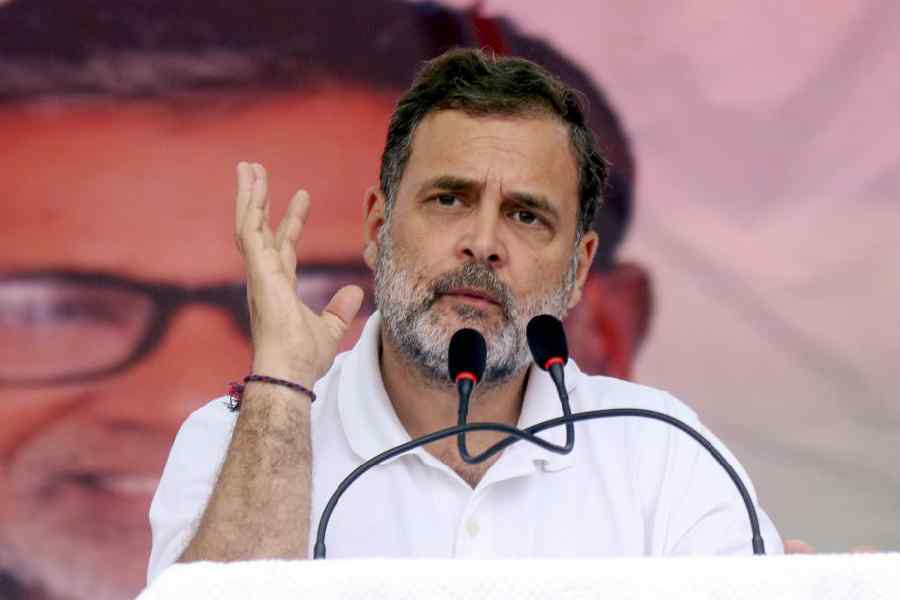Inside a gold-drenched palace in Tokyo on Tuesday, President Donald Trump heaped praise on Sanae Takaichi, Japan’s new Prime Minister, telling her that their countries were “allies at the strongest level” and vowing to come to Japan’s aide on “any favours you need”.
The leaders signed two vaguely worded agreements — one declaring a “new golden age of the US-Japan alliance”, and another to cooperate on expanding the supply chain for rare earth metals — but there was little sign of any breakthrough in the details of the trade deal both countries signed onto in July.
There was no public talk about a major point of contention between the two countries: the details of how Japan intends to spend a promised $550-billion investment into the US. The promise came as part of the trade deal, and in return for the large investment, Japan was to receive a 15 per cent tariff on its exports — a lower rate than Trump had initially threatened.
Instead, both leaders focused more on what they had in common: A warm relationship with Shinzo Abe, the former Japanese Prime Minister who was assassinated in 2022. Takaichi is a protégé of his, and the Tuesday meeting was considered a major test of how well she had studied Abe’s approach to handling a mercurial American President.
Takaichi and Trump reaffirmed the importance of peace and stability of the Taiwan Strait, she added, while declining to comment on what they discussed about China in detail because Trump is set to meet China’s leader soon.
During Trump’s visit to Tokyo in 2019, Abe treated the President to a round of golf, hibachi and a sumo match. Within minutes of meeting Trump, the new Prime Minister showed that she had closely studied that relationship. During the visit, she gave Trump a golf bag signed by Hideki Matsuyama, a Japanese professional golfer, and a putter that had belonged to Abe, along with a map of places within the US that the Japanese plan to invest money, according to the White House.
Trump and Takaichi later flew on his presidential helicopter to the nuclear-powered US aircraft carrier George Washington, docked at the Yokosuka naval base near Tokyo.
There Trump delivered an hour-long speech that ranged from topics such as the US southern border and inflation to American football and the possibility of deploying “more than the national guard” to “troubled” US cities.
Flanked by two fighter jets, Trump ushered Takaichi up on stage before 6,000 US sailors.
“This woman is a winner,” he said, before Takaichi thanked the forces for helping defend the country and the region. Japan hosts the largest concentration of US military power abroad.
“I told the President that I want to work with him to build a new chapter in the Japan-US alliance that will make both countries stronger and more prosperous,” Takaichi told
reporters.
New York Times News Service and Reuters

